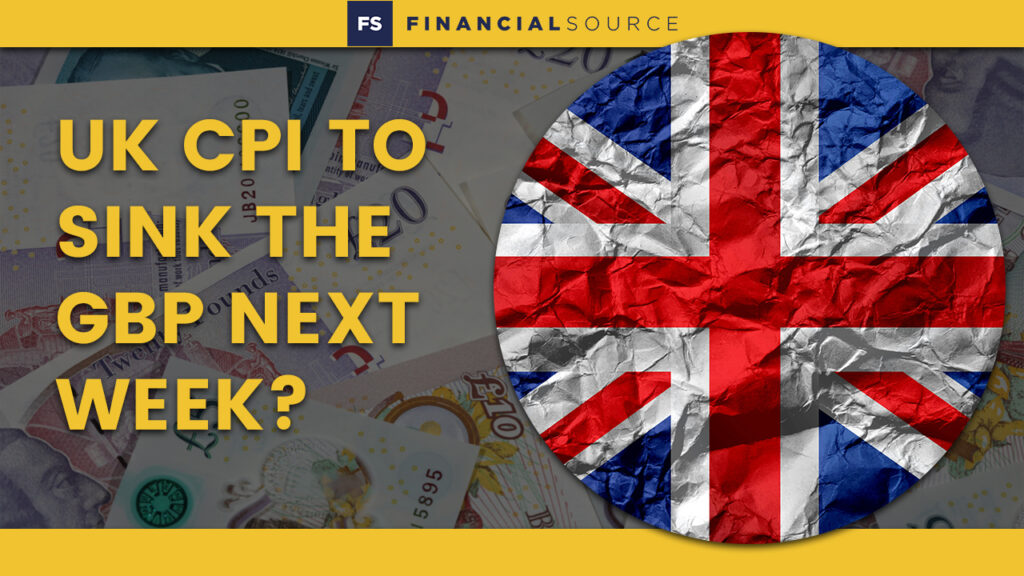How Oil Prices Are Fueling Inflation Today!

Analyzing the recent UK GDP data and what lies ahead for the pound, it’s evident that the British economy is grappling with a delicate balance. The economy expanded 0.2% month-on-month in August, after a stagnant July and June, aligning with market expectations. However, the year-on-year growth of 1% fell short of expectations (1.4%), signaling that the UK’s growth momentum remains fragile. The production sector showed resilience, bouncing back 0.5%, but declines in sectors like mining and wholesale indicate that certain areas are still struggling to gain traction.
Sectors like accounting, legal services, and scientific research offered bright spots, while more traditional industries, such as mining and quarrying, pulled back significantly, particularly in crude petroleum extraction, which slumped by 4.2%. While GDP data points to modest growth, it’s still well below the pace required to dispel concerns about a slowdown, especially with future inflation data set to take center stage.
Looking forward, the real focus for markets is next week’s CPI print, which could be the pivotal moment that determines whether the pound continues its decline. Inflation remains the Bank of England’s primary focus, and this upcoming data will provide the BoE with the information it needs to finalize its near-term strategy. Should inflation, particularly services inflation, show signs of further easing, this will increase the pressure on the BoE to initiate rate cuts sooner rather than later. That would almost certainly add fuel to the pound’s already fragile position in the FX market.
The market is wanting to see a weaker pound, with CFTC data revealing stretched long positions, suggesting that investors will be keen when a clear reason to sell arrives. This leaves the pound highly susceptible to sharp moves lower if the CPI print disappoints. A CPI miss, especially if headline inflation falls significantly below expectations, could result in a rapid sell-off in the GBP/USD, as traders anticipate the BoE will move more aggressively towards a dovish stance, cementing expectations for rate cuts in the coming months.
Technically speaking, GBP/USD is struggling to hold gains, with each rally being met with renewed selling pressure. Traders continue to adopt a strategy of selling into rallies as the broader fundamental picture for the pound remains bearish. With the Bank of England increasingly likely to cut rates, the GBP looks vulnerable to downside moves across the board. If CPI continues to decelerate, the narrative will only intensify around further easing from the BoE, adding to the bearish momentum.
The combination of mixed GDP data, slowing inflation, and a dovish BoE is creating a highly unfavorable environment for the pound. Traders should be ready for increased volatility as the UK inflation data approaches, and the strategy of selling into rallies seems prudent given the risks. For now, it looks like the pound is poised for further downside, especially if the inflation narrative continues to soften.
In summary, while the UK’s economic data reveals some resilience in certain sectors, the broader outlook remains weak. With GDP underperforming and inflation likely to cool further, the pound is exposed to significant downside risk. The upcoming CPI report will be crucial in determining the Bank of England’s next steps, and with a dovish tilt already in place, the markets are gearing up for potential rate cuts. Watch for inflation data to confirm this bias and be prepared for additional pound weakness.